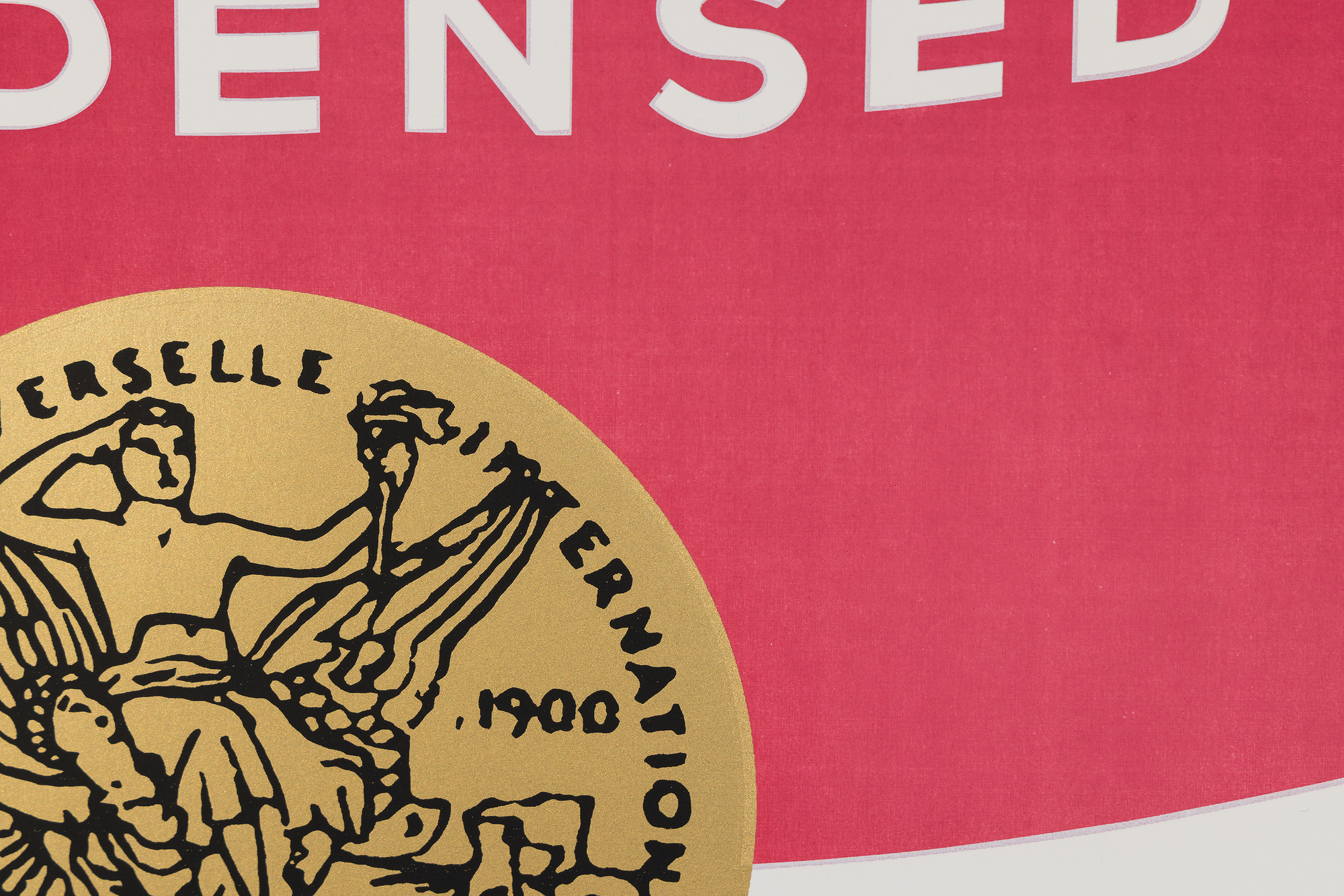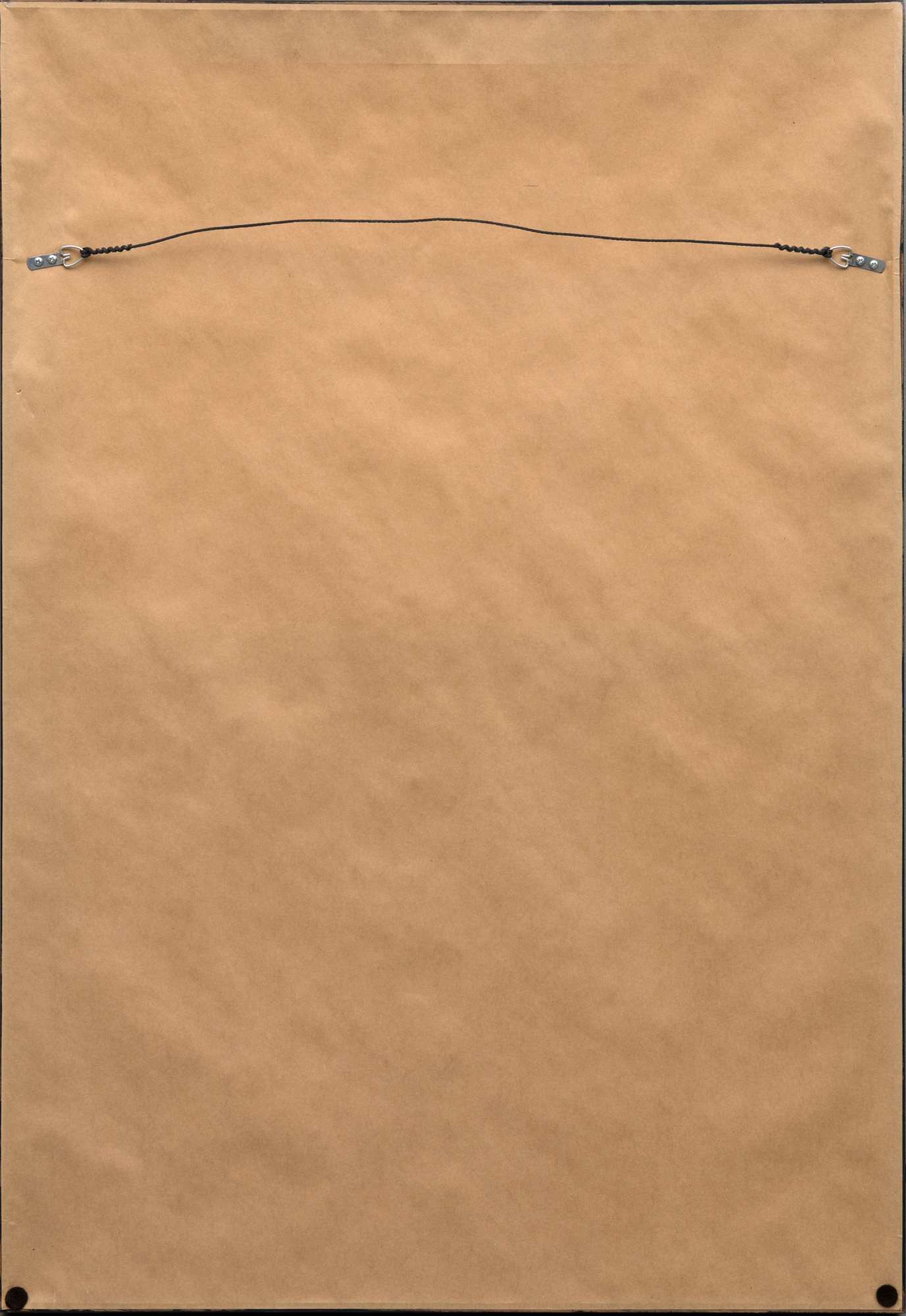安迪·沃霍尔(1928-1987)










种源
汉密尔顿-塞尔维私人收藏
85,000
艺术界对沃霍尔的追捧速度是惊人的:1962 年 7 月,他的 32 幅金宝汤罐头作品在洛杉矶 Ferus 画廊首次亮相,迅速巩固了他的声誉。这些早期的油画是沃霍尔最后的手绘作品,看起来几乎是机械化生产的,但沃霍尔很快就放弃了画笔,转而使用丝网印刷,这种商业化的工艺既可以无休止地重复,又可以对他选择的主题进行惊人的变化。
蔬菜汤是最初的 32 个品种之一,至今仍是一种流行文化现象,不断出现在从盘子、杯子到 T 恤、领带甚至冲浪板等各种物品上。沃霍尔将超市里的日常主食变成了经久不衰的标志,凸显了他将普通事物提升到高雅艺术领域的天才。蔬菜汤》以其清晰的轮廓和工业化的精确度,体现了这位艺术家最激进的贡献:将消费文化与高雅艺术融为一体。


